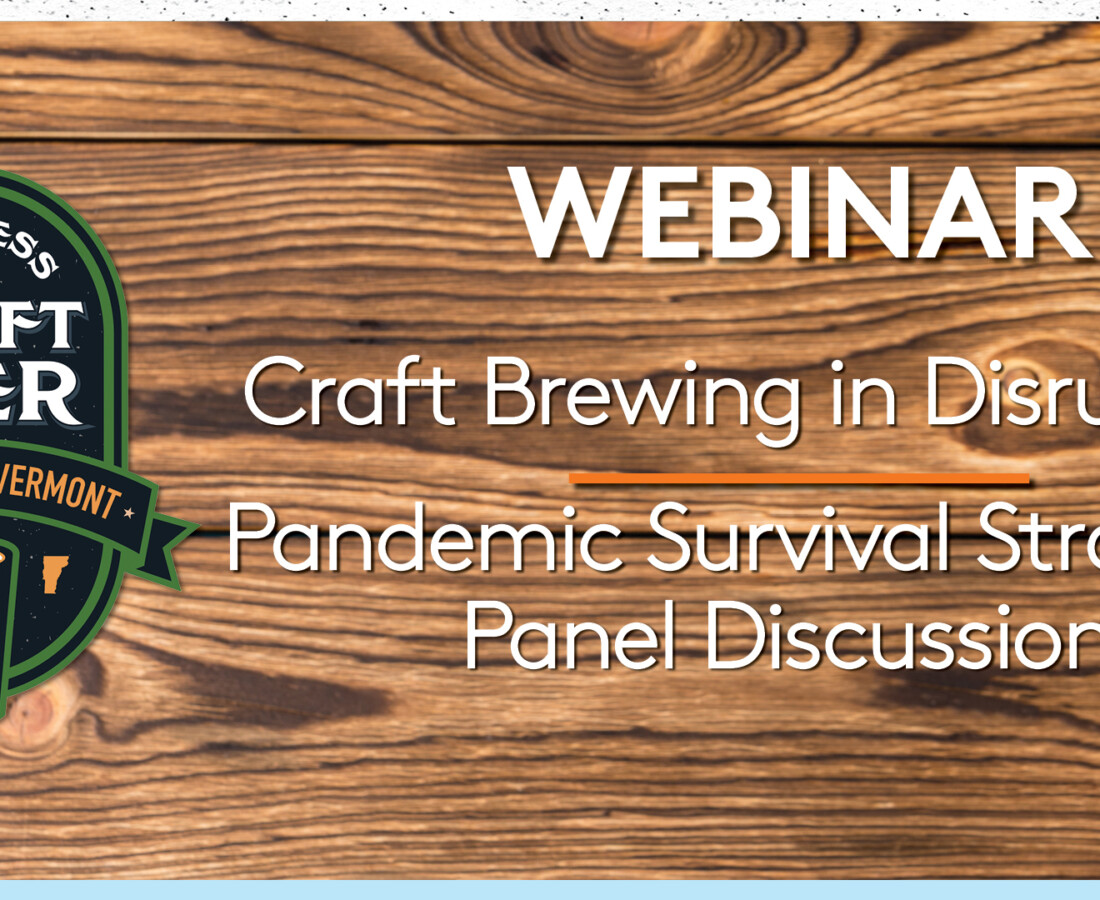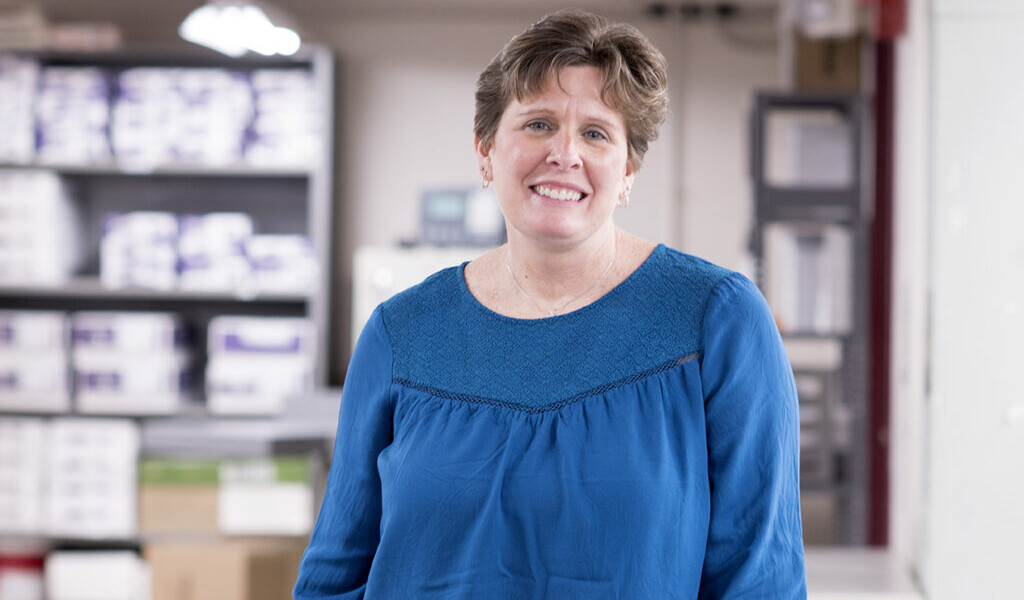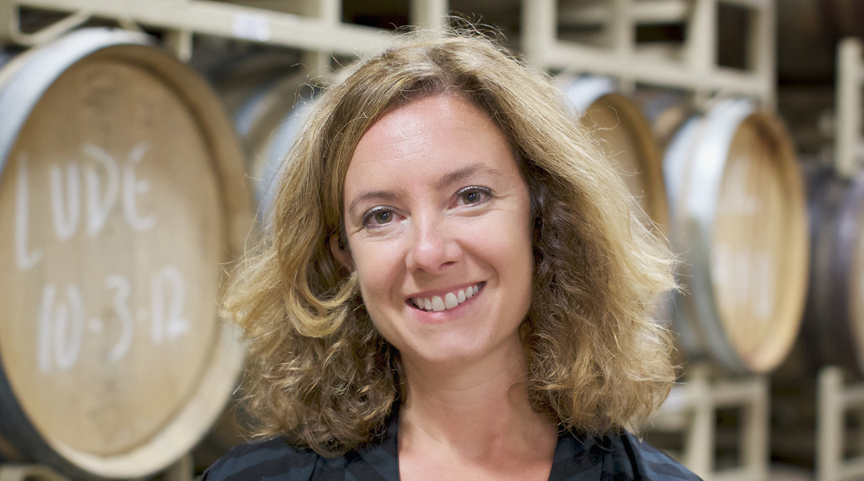After two years of planning, securing $3.2 million in funding, construction nearly completed and ten employees hired, Chris Kessler was hoping to see his Black Flannel Brewery and Distillery open in Essex, Vermont, on May 1st of this year.
Then, of course, COVID-19 struck.
“We were about 85% done, so we had to make the decision to put the brakes on,” Kessler said. “PPP [Paycheck Protection Program] stepped in and we had really good banking relationships so the day that it was approved and available, we had money in our account to cover payroll for up to two more months and that’s pretty much what we needed to bridge operations to opening.”
Kessler’s team, now comprised of 35 employees, was able to use that extra time to plan for a more thoughtful, less reactive approach to their opening in July under the new guidelines.
Craft Brewing Industry Takes a Hit in Coronavirus Pandemic
But not everyone has been as lucky. The economic impact of the coronavirus pandemic on small businesses that rely on direct-to-consumer sales has been devastating, and with stay-at-home orders necessitating the temporary closure of nonessential businesses, breweries and taprooms across the country have had to weather unexpected and unprecedented challenges completely outside the realm of anything they had ever imagined when planning their business model.
The University of Vermont recently hosted a free, informational webinar, Craft Brewing in Disruption. Pandemic Survival Strategies Panel Discussion, where brewery owners and industry experts shared how they adjusted to the pandemic and reflected on the effects of COVID-19 on their business operations.
Moderator and UVM Business of Craft Beer Program Director Gregory Dunkling was joined by Kessler, as well as Mark McClain, owner, Drop the H Brewing Co., Pittsburg, Kansas, which opened in October 2019, and Michelle Forster, Executive Director of Wyoming’s Craft Brewers Guild—all three are graduates of UVM’s certificate program.
“For us it was a real punch in the gut,” McClain said, sadly recounting having to furlough workers because there was no business to be had. “We were just hitting our stride at the beginning of March, and from the second Saturday in March to the third Saturday, we had a revenue loss of 80 percent, so that was tough.”
For McClain, his brewery’s saving graces were their ability to pivot quickly to convert their website to allow for online orders, Kansas loosening restrictions and clearing up legal gray zones concerning alcohol orders for pick-up—and community support.
“It was wonderful,” McClain said. “We had some very dedicated people that wanted to keep us open.”
Wyoming’s Breweries Try to Navigate the Pandemic
Of Wyoming’s 41 craft breweries, Forster noted that most of them were hit hard by the pandemic, with only 23% packaging their beer in cans or bottles for sale and just four breweries with wide distribution. And the rural, sparsely populated, and spread-out nature of Wyoming was less conducive to the success of takeout and delivery options. But so far, not a single brewery has closed for good.
“I’ve been really privileged to watch brewery owners, brewers, taproom managers, and bartenders make difficult decisions and be innovative and collaborative with their community members and their peers,” Forster said. “They’ve been really innovative about how to keep revenue flowing and how to keep as many people employed as they could for as long they could, and it’s brought out some of the best parts of who we are as craft brewers—a crisis like this really shows who we are and what we stand for and what our values are.”
Moving Forward, Craft Breweries Get Creative
“Right now it’s about preserving capital, cutting our expenses to the extent that we can, and that’s a really tough discussion,” McClain said. “But you have to be careful, you still have to have marketing expenses, etc. You can’t just roll up into a shell, so that’s a really tough balancing act. The best thing you can do is look at the data and the educational resources that you’ve availed yourself of—UVM is a great one—and then make the most informed decision you can for where to spend those very precious and limited resources you have when you’re going through something like this.”
I’m seeing a lot of cash contingency plans,” Forster echoed. “Even when COVID first hit, we did cash contingency webinars for our members. But I’m also seeing some denial, which is understandable. The really small breweries that were already a little bit fragile financially are struggling to pull that together and become motivated to ask the tough questions. As a guild, we’re positioning ourselves to provide resources to our members and them be realistic about what’s possible here.”
For Kessler, moving forward means a dedication to following safety guidelines to prevent the brewery from shutting down if an employee gets sick (including daily temperature checks and questionnaires about COVID-19 symptoms before working), and getting creative about how the space is used—including offering craft beer education to customers.
Forster notes seeing more breweries focusing on marketing their brand to keep the public interested. “Social media is the least expensive and the best return for your investment in this situation because you can reach a lot of people with a small amount of money and minimal effort,” Forster said. “One of the best silver linings to come out of this is that breweries are being more thoughtful about their business model—how they hire and retain staff, about their core processes, and there’s a much deeper interest in education than what we’ve been seeing before, so programs like UVM’s and others are seeing an increase in enrollment. Some folks are furloughed and need something more to do, but in many cases, it’s because they’re motivated to do it right the first time having seen how terrifying it is to just fly by the seat of your pants, and how much you can lose if you don’t plan, plan, plan.”
Learn more about UVM’s Business of Craft Beer Program and Craft Beer School courses.




